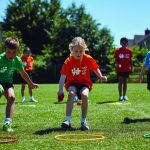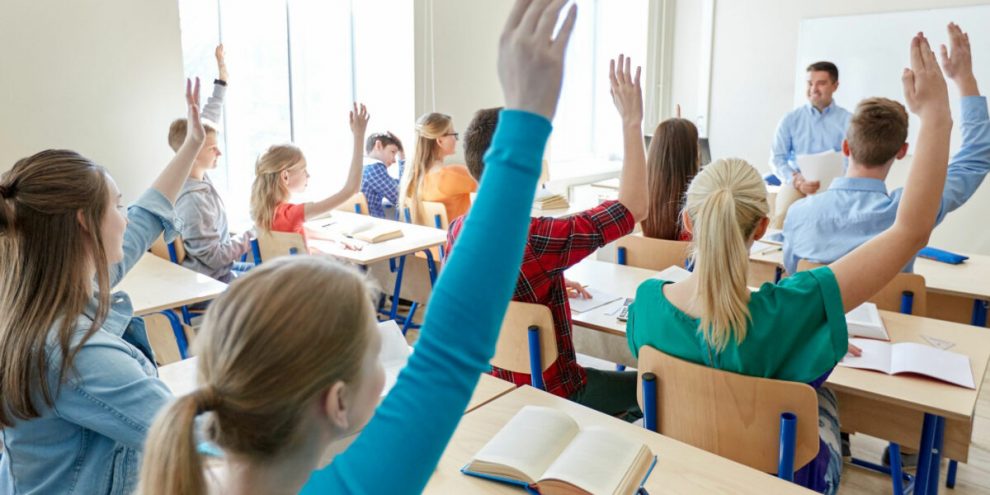The middle school years represent a critical window for igniting students’ passion for learning. During a period of significant developmental changes, adolescents can lose motivation. However, by implementing creative engagement strategies, middle grades educators can reignite excited and inspired learners. This article explores techniques for boosting engagement and motivation to help each middle school student thrive.
Foster Relevant Learning
Connecting classroom lessons to students’ lives and interests increases engagement by making learning relevant. Teachers can:
- Relate concepts to current events, popular culture and students’ experiences
- Incorporate student interest surveys to shape activities
- Have students research issues affecting their communities
- Set goals and track progress on personalized learning dashboards
As education researcher Rick Wormeli notes, “The most disengaged students can become the most engaged simply by altering instruction to address their needs and interests.” Making learning relevant is key.
Promote Creativity and Self-Expression
Providing creative outlets for self-expression empowers middle schoolers to take ownership of learning. Open-ended projects allow diverse forms of creativity like:
- Writing and performing original poetry or music
- Painting, sculpting or photographing interpretations of concepts
- Creating videos, podcasts, 3D models or games to demonstrate learning
- Choosing how to present final products based on strengths
According to research by Dr. James Catterall, “Sustained learning in the arts is associated with greater student creativity, self-concept, self-efficacy, and engagement with school.” The arts unlock engagement.
Facilitate Collaboration and Community
Developing a collaborative classroom community strengthens engagement by satisfying adolescents’ need for social connection. Teachers foster community through:
- Establishing shared norms, values and goals
- Discussion strategies that promote civil dialogue
- Team-building games and challenges
- Student-led groups and partner projects
- Class meetings addressing community issues
According to Association for Middle Level Education, “Every student should feel like he or she belongs in the classroom.” Collaboration builds belonging.
Offer Voice and Choice
Providing meaningful voice and choice empowers middle schoolers. Teachers can elevate student voices by:
- Soliciting student input when creating class norms and policies
- Allowing students to propose project topics aligned to learning goals
- Having students reflect on preferred learning modalities
- Regularly surveying student feedback on lessons
Dr. Robert Marzano’s research states, “Teacher strategies to encourage and provide opportunities for student autonomy are positively associated with student motivation.” Voice and choice boost autonomy and drive.
Set High Expectations with Strong Supports
Students rise to meet expectations when accompanied by robust support systems. Teachers can:
- Scaffold complex tasks while still pressing for rigor
- Praise effort and perseverance, not just intelligence or grades
- Model growth mindset thinking and productive struggle strategies
- Provide targeted interventions based on individual needs
- Offer consistent encouragement and relationship-building
According to research by John Hattie, “The biggest effects on student learning occur when teachers become learners of their own teaching.” When teachers support learners, students exceed expectations.
Conclusion
By tailoring instruction to adolescent learners’ needs, middle grades teachers reinforce intrinsic motivation and cultivate passionate, purposeful engagement. Students at this transitional stage long to shape their own learning pathways. Equipped with responsive academic environments and strong communities, middle schoolers gain confidence to thrive on the journey to high school and beyond.

















